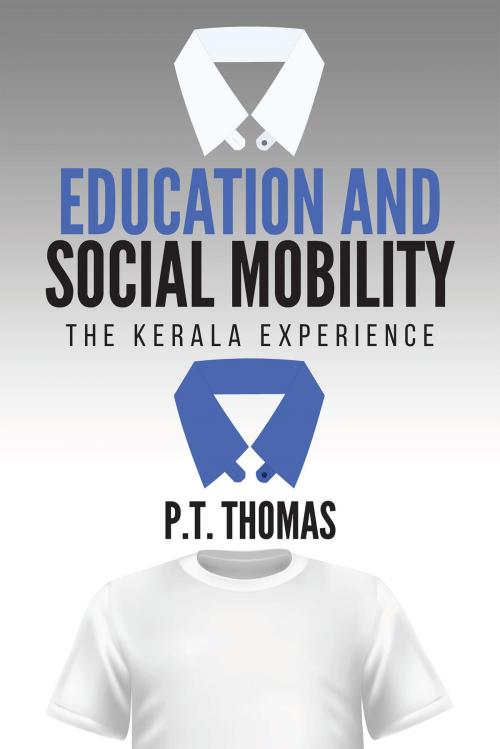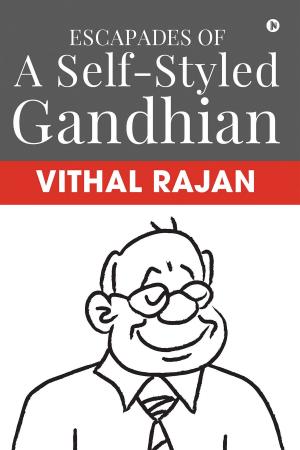Education and Social Mobility
The Kerala Experience
Nonfiction, Reference & Language, Education & Teaching, Educational Theory| Author: | P.T. Thomas | ISBN: | 9789352065097 |
| Publisher: | Notion Press | Publication: | December 9, 2015 |
| Imprint: | Notion Press | Language: | English |
| Author: | P.T. Thomas |
| ISBN: | 9789352065097 |
| Publisher: | Notion Press |
| Publication: | December 9, 2015 |
| Imprint: | Notion Press |
| Language: | English |
This book focuses on the provision of basic social services, in particular, access to education, as the central building blocks of any human development strategy and it also signifies a substantial contribution towards the central role of education in social mobility. In examining the impact of educational development of any society or group, the questions that the proponents of egalitarian approach ask are: Who benefits? Who loses? What is the resulting socio-economic status of the people? Although gender inequality in education is not so prominent in Kerala, the difference between communities and classes is one of the critical aspects of this broader phenomenon of disparity in Kerala. Recent studies regarding poverty and inequality show that although poverty is declining, inequality between socio-economic groups is increasing in Kerala. In this scenario, the educational backwardness of the socio-economic groups in Kerala is a matter of particular concern to the policy makers and this book hopes to provide some insight into this subject. It will be highly useful to policy makers, administrators and academicians.
This book focuses on the provision of basic social services, in particular, access to education, as the central building blocks of any human development strategy and it also signifies a substantial contribution towards the central role of education in social mobility. In examining the impact of educational development of any society or group, the questions that the proponents of egalitarian approach ask are: Who benefits? Who loses? What is the resulting socio-economic status of the people? Although gender inequality in education is not so prominent in Kerala, the difference between communities and classes is one of the critical aspects of this broader phenomenon of disparity in Kerala. Recent studies regarding poverty and inequality show that although poverty is declining, inequality between socio-economic groups is increasing in Kerala. In this scenario, the educational backwardness of the socio-economic groups in Kerala is a matter of particular concern to the policy makers and this book hopes to provide some insight into this subject. It will be highly useful to policy makers, administrators and academicians.















